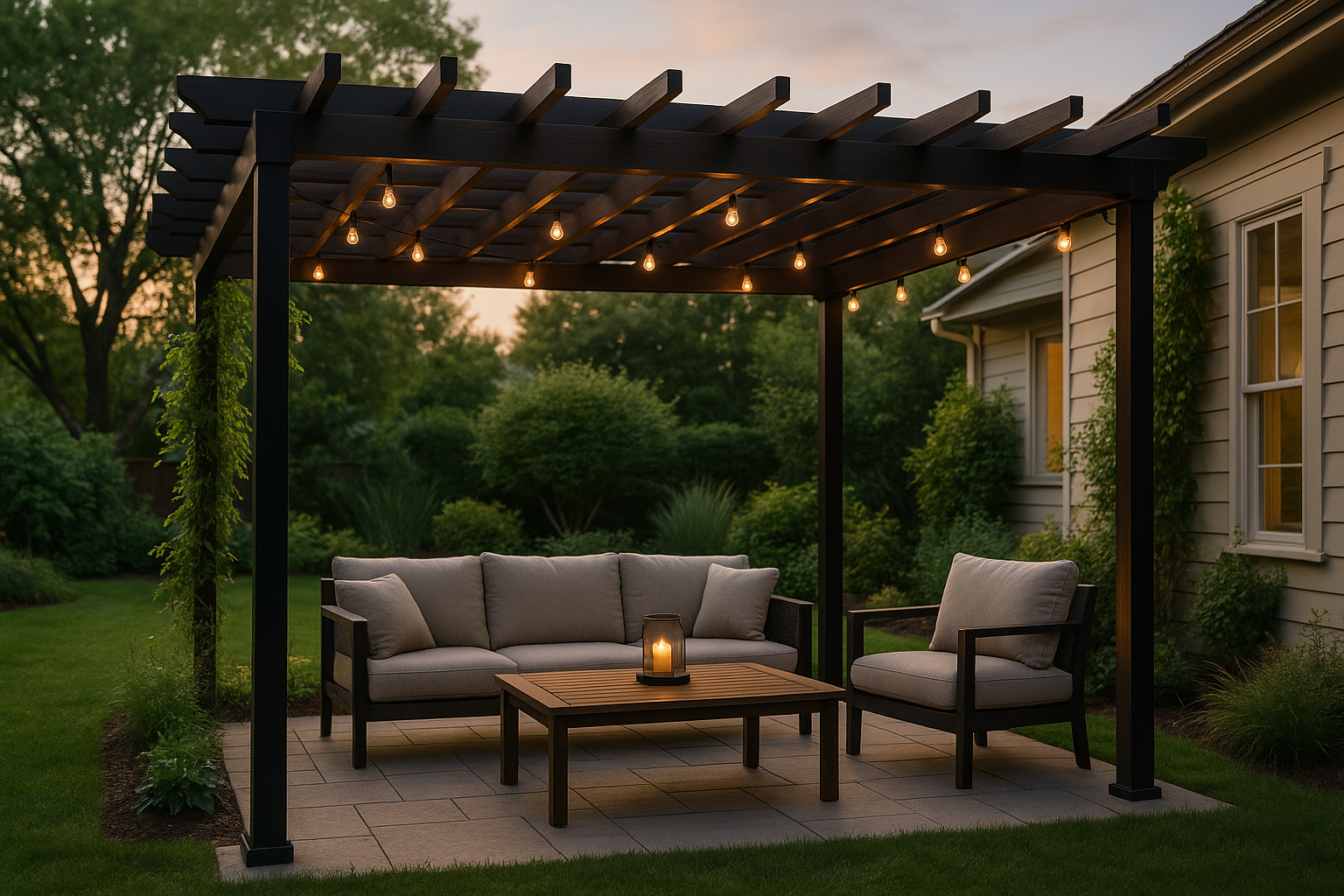Smart irrigation basics for efficient plant care
Smart irrigation helps gardens, containers, and indoor plants use water more effectively by matching moisture delivery to plant needs. This short overview outlines practical steps for watering herbs, balcony and patio setups, vertical gardening arrangements, and small-space collections while emphasizing sustainable, pet-friendly practices and organized storage.

Efficient plant care begins with intentional water management. Smart irrigation reduces waste and supports healthier roots by focusing water where plants need it most and adapting schedules for season, soil type, and plant habits. Whether you have a full yard, a balcony herb rack, or an array of indoor plants, understanding basic principles—such as root-depth targeting, appropriate frequency, and soil moisture monitoring—lets you select methods that save time and protect resources while keeping plants vigorous.
Irrigation basics for home gardens
Drip irrigation and soaker hoses are core tools for targeted watering: they place moisture directly in the root zone and minimize evaporation and runoff. Aim for deep, infrequent watering for established shrubs and perennials, and shallower, more frequent water for seedlings and shallow-rooted herbs. Use a timer or simple moisture meter to create a schedule but be prepared to override automated cycles after heavy rain or during cooler weather. Proper emitter placement and regular checks for clogs or leaks keep systems efficient.
Mulching, composting and sustainable soil care
Mulching around plants conserves soil moisture, suppresses weeds, and moderates temperature swings. Organic mulches—such as wood chips or straw—also break down and feed soil life, improving water retention over time. Pair mulching with composting: adding compost improves structure and increases a soil’s capacity to hold water, which reduces how often you need to irrigate. These sustainable practices lower overall water use and enhance long-term plant health without relying solely on irrigation adjustments.
Watering herbs, indoor plants, and containers
Herbs and container-grown plants dry out faster than beds in the ground, so monitor soil moisture closely and tailor watering volumes to pot size and media. Self-watering pots and small drip kits can maintain consistency for indoor plants, but ensure adequate drainage to prevent root rot. Group containers with similar needs together and place saucers or capillary mats beneath indoor pots to catch and reuse excess water safely. Choose potting mixes with good structure and organic matter to balance moisture retention and aeration.
Balcony, patio and small space irrigation tips
Small-space settings have unique challenges: heat from walls or pavement, limited soil volume, and quicker evaporation. Use micro-drip emitters, wicking systems, or water-retaining granules in containers to extend intervals between waterings. Orient plant groupings to create microclimates—shaded corners reduce stress for moisture-sensitive species. Keep furniture and shelving arranged to allow airflow while providing occasional shade for pots that overheat. Regularly check elevated planters, because gravity hastens drainage and drying.
Vertical gardening setups and organization
Vertical gardening increases planting area but often requires precise irrigation planning. Drip lines or stacked reservoir systems designed for vertical arrays provide consistent water distribution top to bottom. Maintain clear organization by labeling valves and routing tubing neatly along frames or behind plants to avoid tangles. Shelving with integrated troughs can simplify runoff capture and redistribution. Regularly inspect connections and maintain accessible storage for spare parts so repairs are quick and the system stays reliable.
Storage, shelving, furniture and pet-friendly safety
Organized storage for irrigation supplies—timers, tubing, emitters, and tools—speeds maintenance and reduces downtime. Use compact shelving or weatherproof boxes to keep parts accessible on balconies or patios. When pets are present, choose pet-friendly mulches and secure water reservoirs and tubing out of reach. Avoid using toxic soil amendments or foliar treatments in areas frequented by animals, and position furniture to prevent curious pets from chewing on lines or toppling containers.
Conclusion Smart irrigation blends careful observation, appropriate hardware, and sustainable soil practices to support efficient plant care across gardens, balconies, and indoor collections. By matching delivery methods to plant needs, using mulching and composting to improve water retention, and organizing supplies for easy maintenance, you can reduce water use while maintaining healthy, resilient plantings in a variety of spaces.





